
Why can’t people “stick off” the car in the city? Convenience is an argument, but not decisive. Public transport should be the solution, but in many cases it is fraught with problems. Why is it difficult to travel by public transport? The city of Ploiesti offers a valid answer for other county capitals in Romania.
Public transport very often loses the “fight” with private cars
Romanians are very fond of private cars, even if it is often difficult to find a parking space and even if it sometimes takes 40-50 minutes to drive 3-4 km to the city during rush hour. You can also observe in the morning and in the afternoon, how in the area of schools there are amazing traffic jams and long queues, and they also arise because the journey will take much longer on public transport.
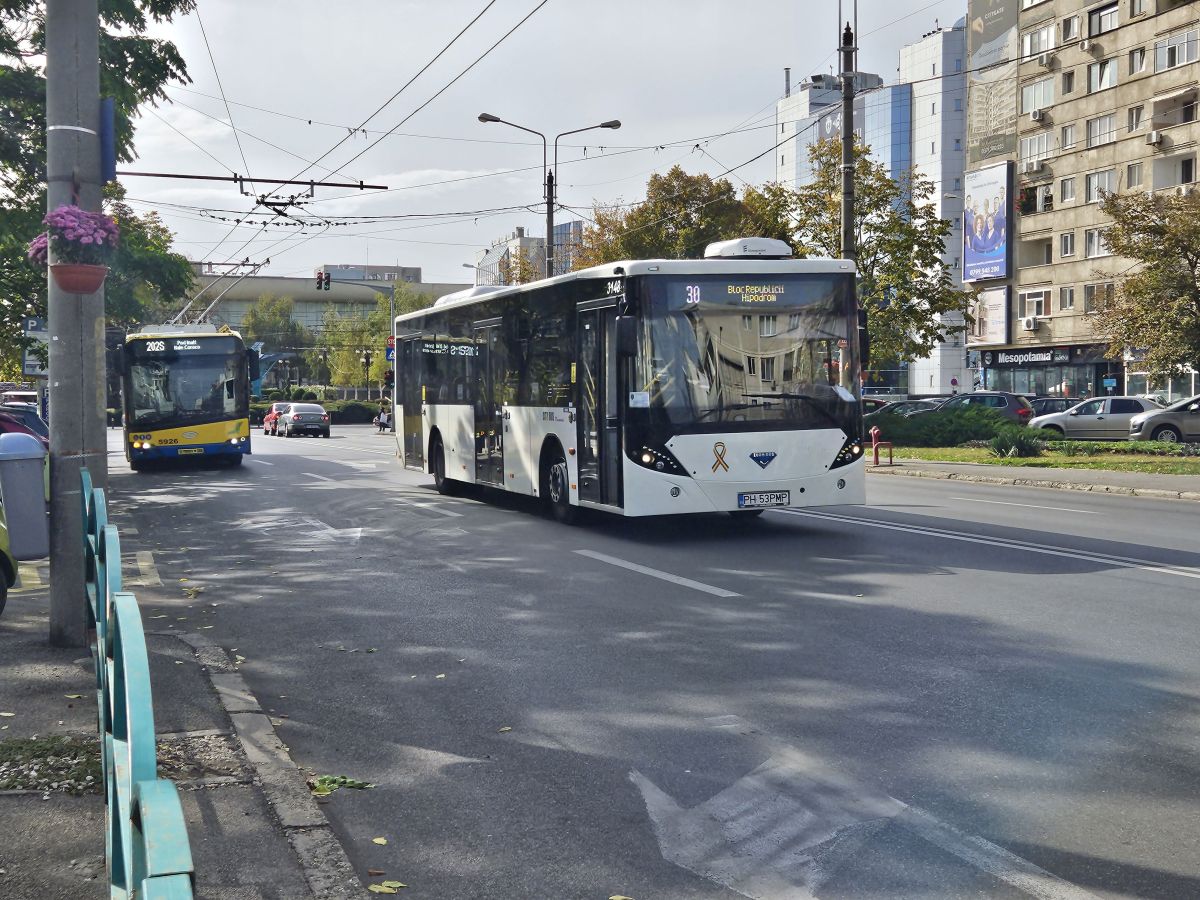
But in addition to the fact that Romanians almost do not part with cars, if they had decent public transport, they would use buses, trams or trolleybuses a little more often.
Ploiesti is a city of 180,000 inhabitants and when it comes to public transport, it is a sad example of YES NO, an example that also shows why people have a hard time without a car. It is also true that the last increase in the price of a ticket to Ploiesti was five years ago: then it was the most expensive public transport in the country, and now it is one of the cheapest for a trip and a one-day trip.
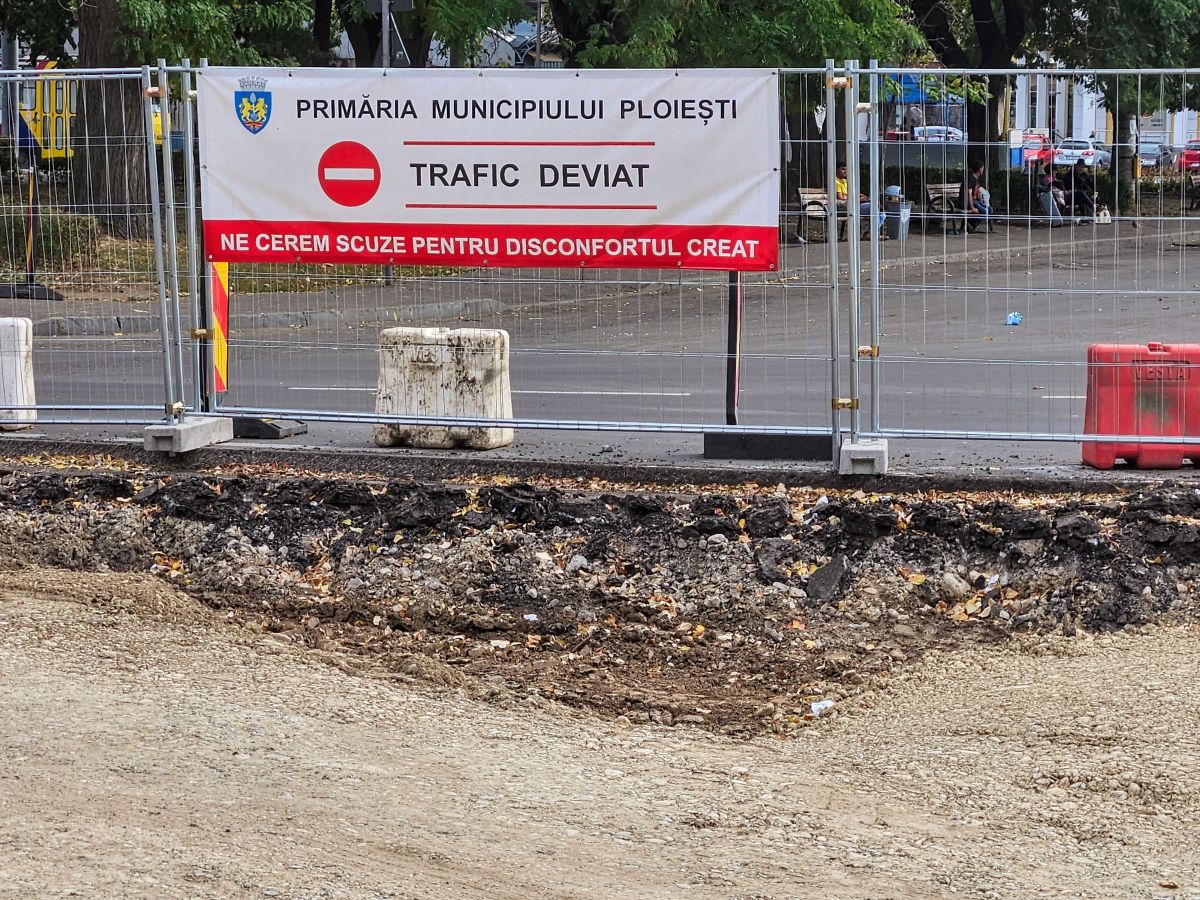
There are routes where you have to wait more than 15 minutes even during peak hours, and there are sections where the distance between stations is very long, even more than 500 meters. There are also areas where there is no public transport at all: neither to Bukov Park, one of the city’s recreation areas, nor to the huge West Municipal Park.
It takes a long time to travel by public transport from one part of the city to another. For example, it is almost 8 km from the district hospital to the racetrack, and it takes less than 20 minutes by private car or taxi, if it is free in the city, and at least an hour by public transport.
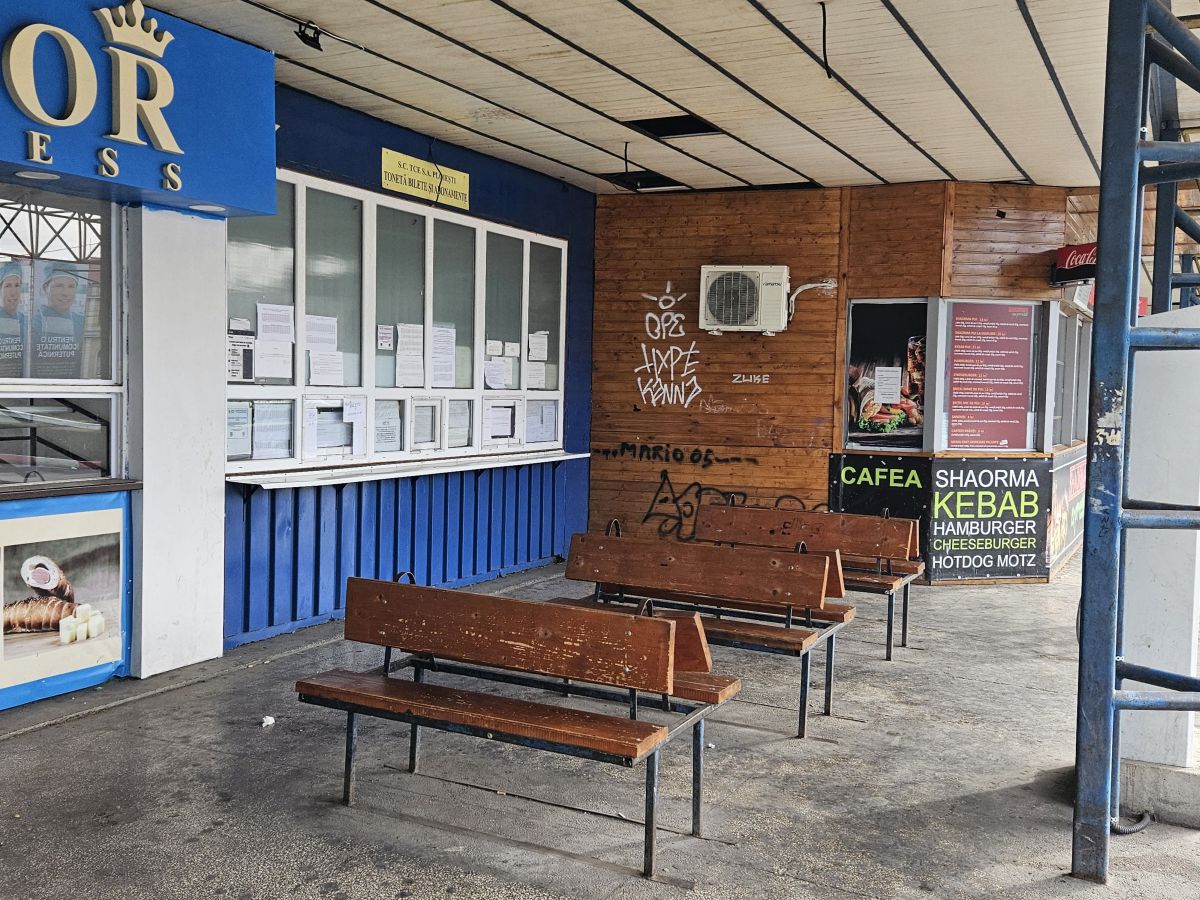
If you are leaving from A, wait 10-15 minutes for the bus to arrive, then ride it for another 10 minutes, then get off to take another bus to your destination. Most likely, you will spend another 10-15 minutes at the station and another 10 minutes on the bus. Thus, a 6-7 km journey can take 40-45 minutes, and less than 15 minutes by taxi or car.
During this period, the chaos in Ploiesti is even greater, because for several months the Castanilor boulevard has been undergoing renovations, and traffic has been completely closed from the South Station to the Radu Stanian statue. Buses run on bypass routes, streets where there are queues of cars during peak hours.
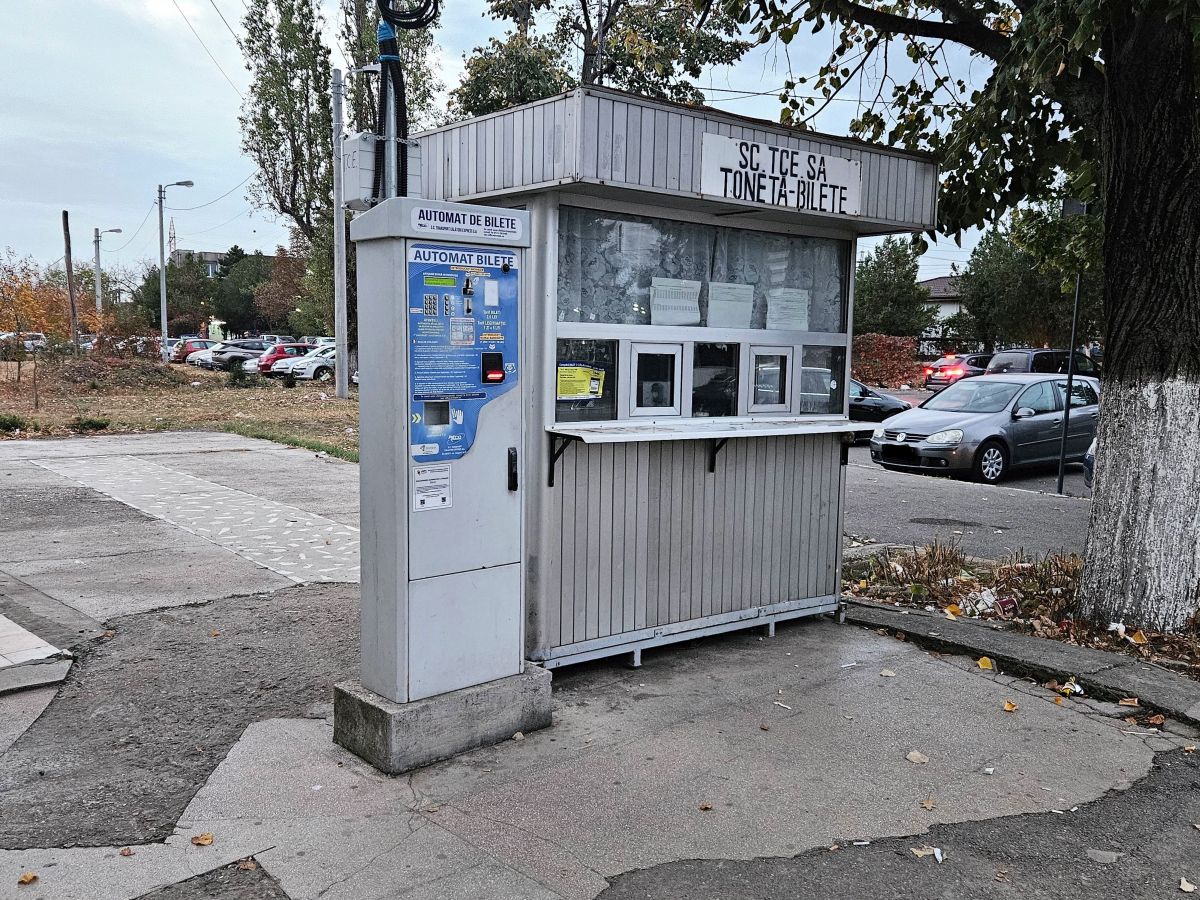
Taxis are an option but much more expensive than public transport. The Bolt app was launched in March 2021 and Uber in April 2021, but especially in the suburbs it is often impossible to find a car and the classic taxi is the solution. It would be really nice to have efficient public transport, because an Uber or Bolt ride during peak hours can cost you upwards of 40 lei from one part of the city to another.
The bus doesn’t come anymore…he doesn’t keep his word
Why is it so bad? In short, transport is hard to find, there are areas that are not covered by transport, the stations are miserable, there is no electronic scoreboard, there are hardly a ton of tickets left, the trams are very old and there is metro public transport only to a few surrounding municipalities, while others do not have it at all. Ploiesti also announced the cancellation of routes.
In comparison, Brasov sets city lines to communes located 15-20 km from the city, races that have a clear schedule and can easily be bought in an online application where you also buy tickets for races in the city.
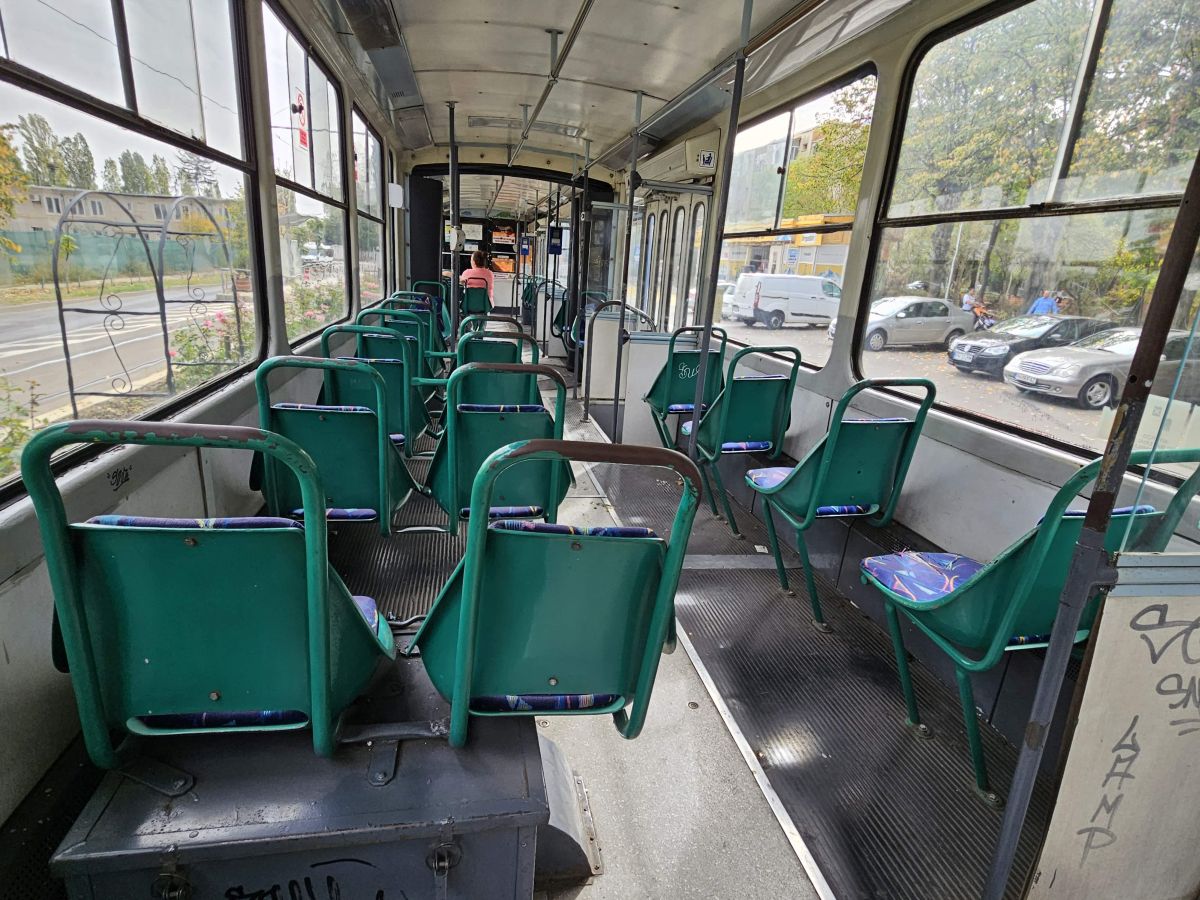
A few years ago, 40-year-old Ikarus buses also traveled through Ploiesti, and now the oldest buses are 25 years old. Trams are also “ancient”. Motor public transport appeared in Ploiesti about 90 years ago.
One minus: if in winter you are quite likely to board a transport with heating, the probability that you will find a bus or trolleybus with a working air conditioner in summer is much less. There are no problems with the trams, because they are old and did not have air conditioning, but the windows can be opened from above. When it’s hot outside and someone opens a window, there can be a small argument about “drafts,” which I’ve witnessed many times over the past few years.
Ploiesti also has a problem with dirty, sometimes just plain dirty, vehicles. It’s a combination of two factors: not enough cleaning, but also passengers leaving a mess behind.
Almost all ticket offices have been canceled and only a small part of the electronic tables showing the arrival times of buses, trolleybuses and trams are working. Ten years ago they were almost all working, and some buses also had electronic boards and audio announcements with stations, but it only worked for a year or two. The positive thing is that you can buy tickets on the bus using a card.

Another problem with public transport in the city of Prahova is that the timetable shown on the website is not followed, which means that some trains “miss”, so you can wait 20 minutes during rush hour. It’s impossible to say what the percentage is, the percentage isn’t very high, but I’ve had it happen a few times and it’s a problem.
There are still five tonets in the whole city, two ticket offices have recently been announced to be closed, and for more than five years there is also no tonet at Gara de Veste, where many people arrive by train between Bucharest, Brasov or other destinations and people then they go by bus to the center, to the South Station or other destinations.
- How every hour became rush hour in Bucharest. Several explanations of hellish traffic jams and solutions that would save us from nerves and time lost on the road
On a positive note, Ploiești has been integrated into the 24Pay program since February 2022, so through this program you can purchase tickets or subscriptions that include public transport companies from 18 cities in the country.
The trip costs 2.5 lei, and a one-day pass costs 6 lei. Compared to other cities, in Ploiesti the ticket is valid from the moment you get on the vehicle until you leave it: during a certain period of time, you cannot travel on any line.
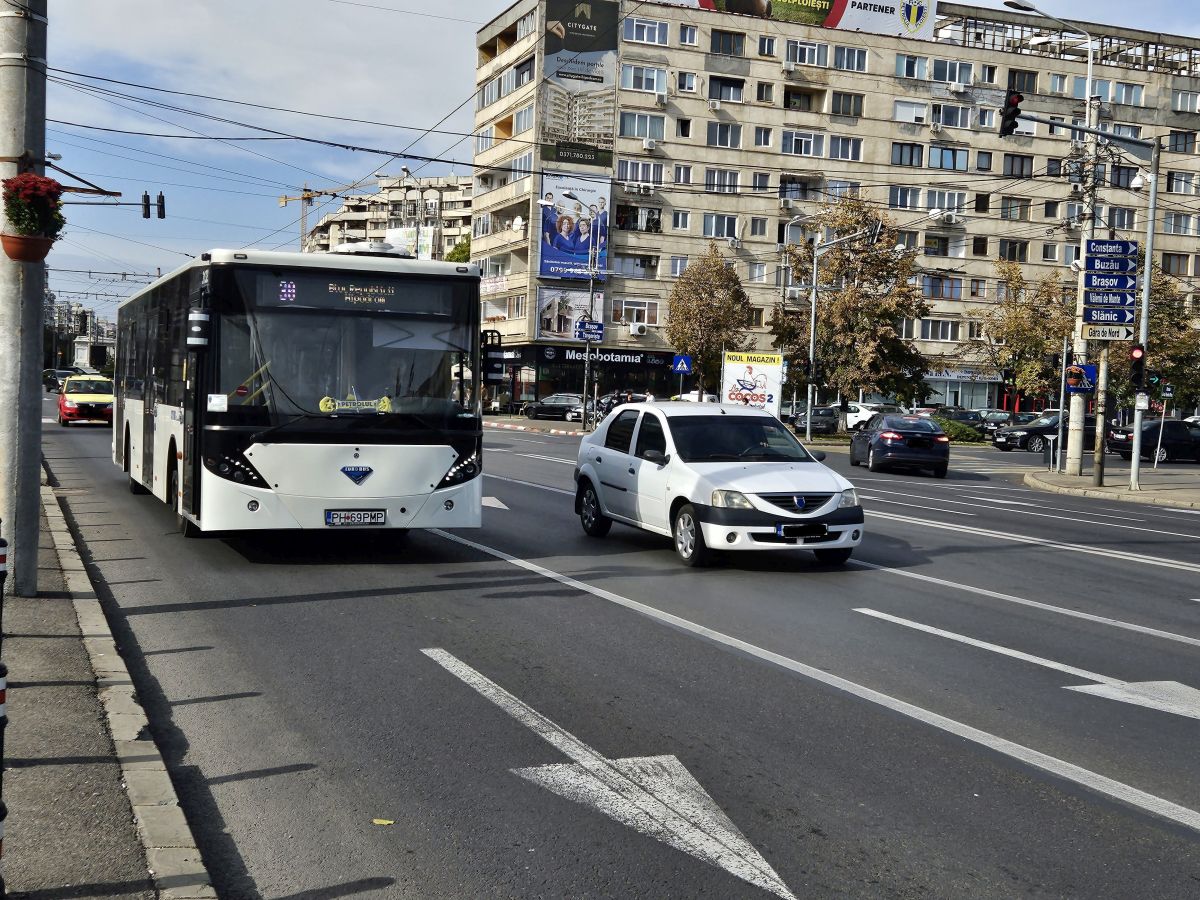
It should be said that the last increase in the price of tickets from 2 to 2.5 lei was made in October 2018, and there are proposals to make the ticket 3 lei and the one-day pass up to 10 lei. Five years ago, Ploiești had the most expensive public transport ticket in the country, but now it is one of the cheapest (in Bucharest, Cluj and Iași, a ticket costs 3 lei, in Brasov – 4 lei). In Constanta, the ticket costs 2.5 lei.
There are ticket machines that accept bills and coins, but they don’t always work.
There are also two tram lines, 101 and 102, and these routes are operated by 1977-1985 Tatra KT4D cars, imported from Potsdam 27 years ago. Being so old, they are very noisy during operation and various components break.
There was a project to purchase 20 new trams manufactured by PESA in Poland through the Ministry of Public Works Development and Administration. An attempt to buy these trams failed through the ministry.
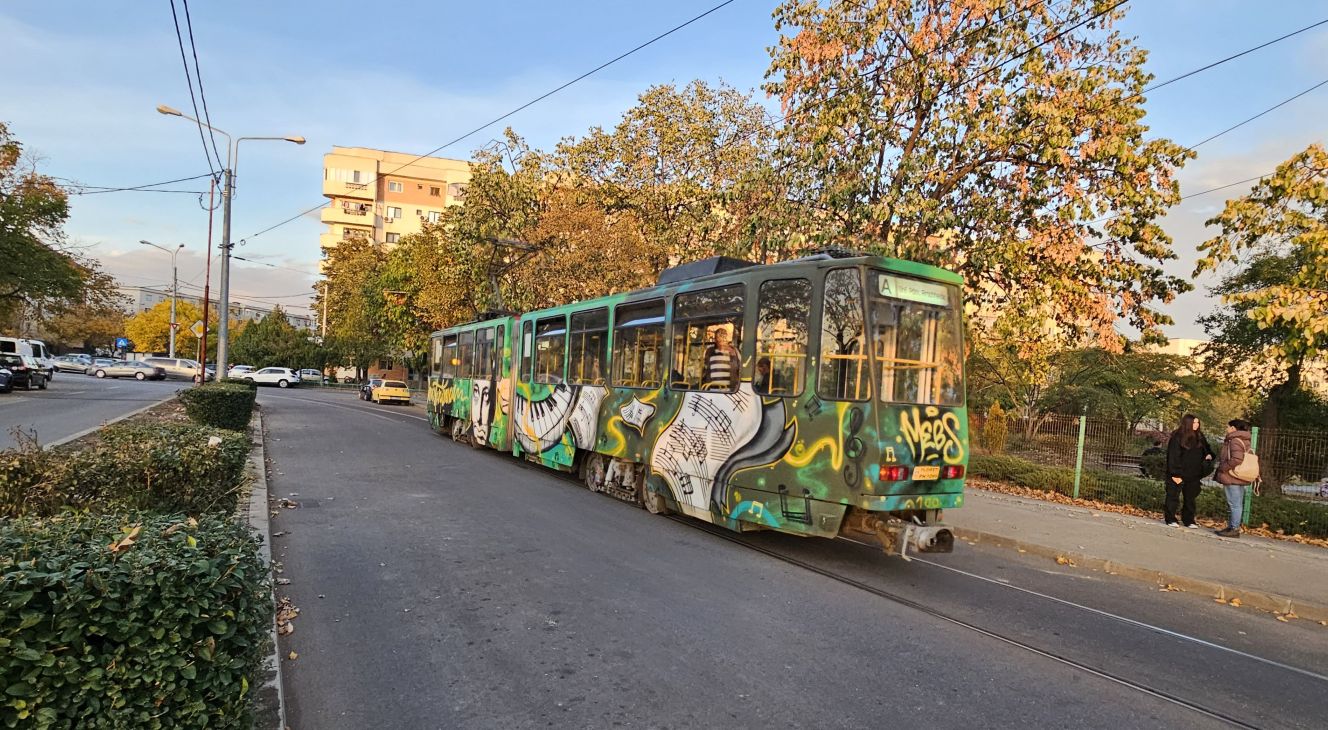
The first tram line was inaugurated in 1987 in Ploiesti, while such lines were installed in several cities in the country. There are two lines left, and more than 20 years ago there were seven. Trams in the city develop at about 40 km/h, and the distance between stations is on average 400-500 m.
Between 2014 and 2016, the trams stopped running in Ploiesti as work was carried out to restore the lines, work that was absolutely necessary. If the work on the 101 line was finished on time, there were problems and delays on the 102 line, and the residents of the area were outraged by how intensively the work was going. The traffic of tram 102 was resumed on September 15, 2016, almost 30 months after the interruption.
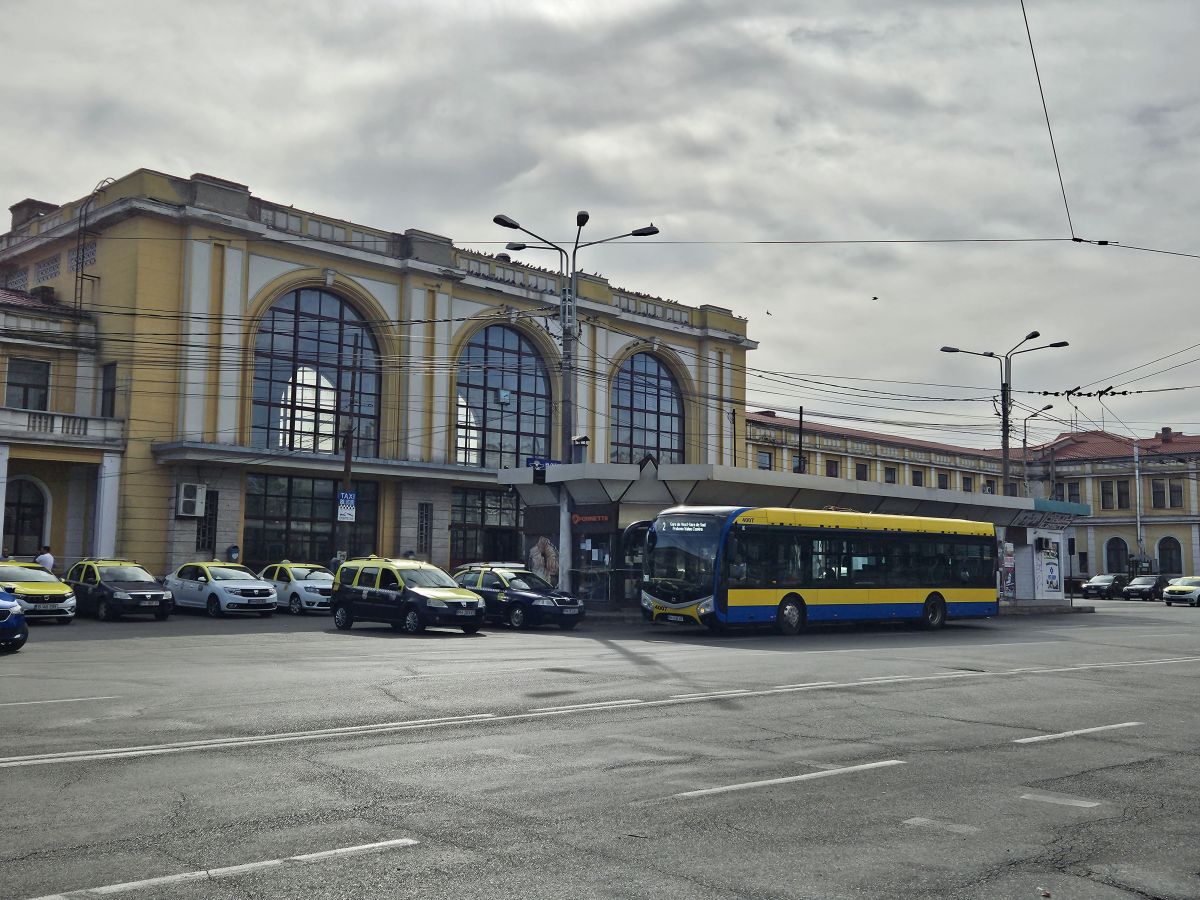
Public transport was free in Ploiesti from April 2014 until the end of 2015 as compensation for extensive works in the city. It is also true that Ploiesti was one of the first cities in the country to raise ticket prices to 2.5 lei a few years ago.
A few good parts and a lot of money problems
Among the few good things for you is the fact that from February 2023, nine new electric buses will run in Ploiesti, on line 2, West Station – South Station – Prahova Value Center. The first bus arrived in Ploiesti in June 2022. In total, the contract provides for the supply of 22 electric buses. Unfortunately, the savings that electric buses were supposed to bring have been “nullified” by the excessive price of electricity over the past year.
A batch of buses arrived in Ploiesti in 2018, and new trolleybuses arrived in 2021. Things progressed slowly, but the park was somewhat updated and some “museum” buses were taken out of circulation.

In the summer, the local press of Ploiesti wrote a lot about the fact that TCE risks being financially blocked due to accumulated debts to the state budget (more than 40 million lei), with VAT and CASS, some debts are seven years old.
The situation with the transport company was also discussed in the city council of Ploiesti, there were disputes, there were demands for the resignation of the management and there were influential voices in the city who said that TCE should be bankrupt.
In an interview with the Prahovean Observatory in July, the director of YCE explained why this is not investment money at all, but only for salaries and operating expenses: “Since July last year, the city hall has not paid 6 million lei per month, subsidies, as it should be, but only 3.5 – 4 million lei. She referred to the need to purchase gas for thermal energy.”
What the director of TCE said about the allocated budget and real needs:
“In 2022, TSE asked for 80 million, but only 23 million went into the budget. Then there were several successive corrections to be able to pay the salary. In 2023, we asked for 98 million, but we voted for a budget of 40 million. I only had that correction in July… Under these conditions, I have no way to pay what I owe to ANAF, including insurance premiums. In order not to register debts, we must have budget allocations of 7-8 million lei per month, and now we receive half…”
Source: Hot News
Ashley Bailey is a talented author and journalist known for her writing on trending topics. Currently working at 247 news reel, she brings readers fresh perspectives on current issues. With her well-researched and thought-provoking articles, she captures the zeitgeist and stays ahead of the latest trends. Ashley’s writing is a must-read for anyone interested in staying up-to-date with the latest developments.